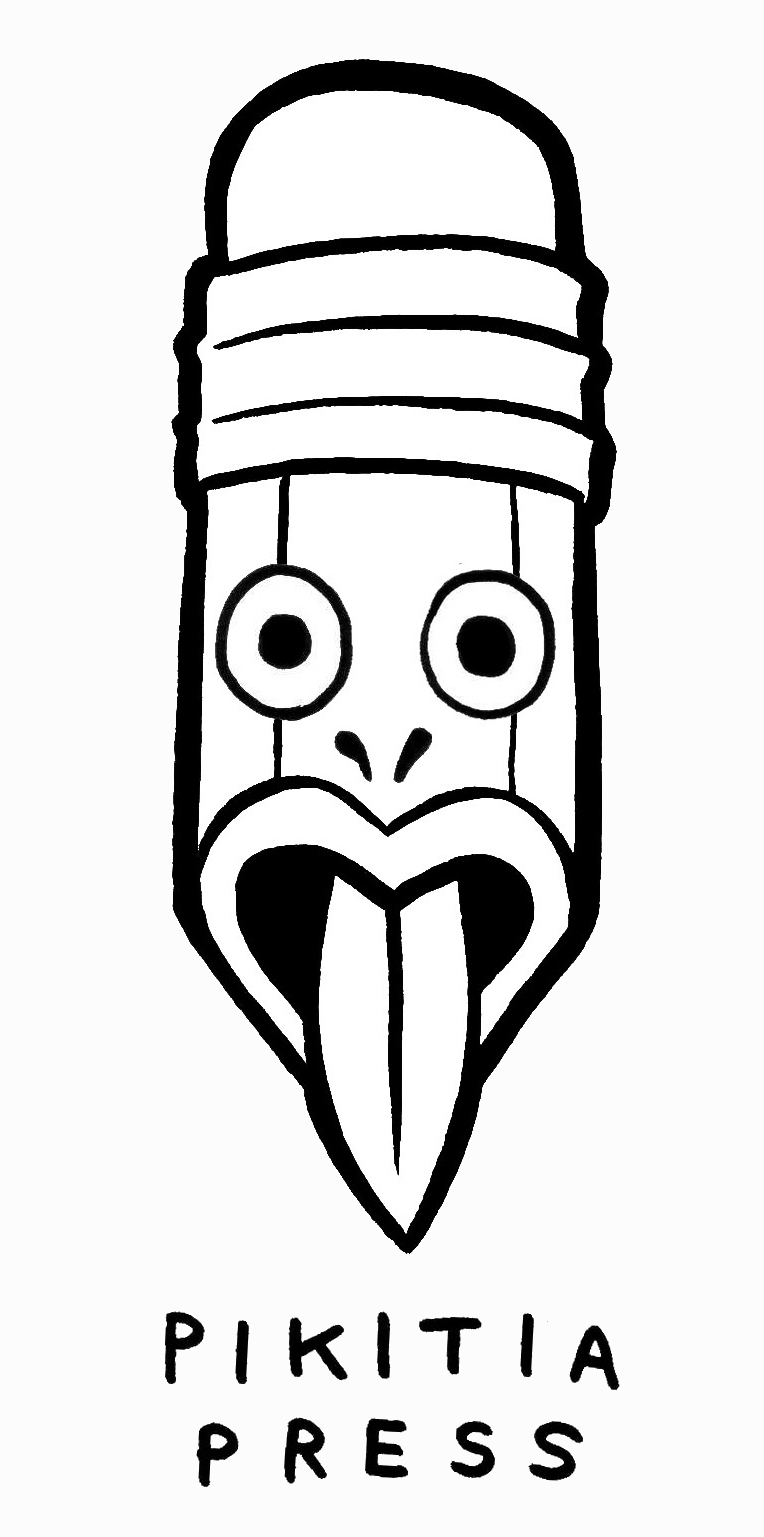What have been your personal cartooning/comics highlights of 2014?
Drawing more, using a sketchbook every day and not getting too caught up in how it looks - in the past I think I got too precious about my sketchbooks which is why I have several that stop a few pages in.
Now I have found the perfect sketchbook - from Japan City in Cuba St, $4 each, soft card cover, stitched spine and beautiful slightly off white paper. They even have rounded corners. Because they are cheap and soft covered and light I can shove them down the side of my bag, roll them up, whatever, write my grocery list inside, rip out what really appals me, stick stuff in, scratch things out. I'm onto my fourth one. There's nothing fabulous in them, but every few pages will have something that's OK.
I am more often working pretty close to early sketches for some of my political cartoons. They are more energetic. I've also been photographing drawings from my sketchbooks and then drawing over them on my phone, which has a stylus. The drawings look like they have been done on brown paper and had bits twinked in.
Workwise, I started the year doing one political cartoon a week, and I now have three spots a week - the latest is with the Sunday Star Times which is a national Sunday paper. I view the political cartoons a bit like the political poster. I used to work with a activist design group called the Wellington Media Collective, and doing political cartoons has given me a road back to that work. I can choose what I want to cartoon about, and comment on what is important to me.
I am also taking part in the Three Words anthology. Got my three words. That is a challenge for me because I am used to working on a single frame in political cartoons, even though I quite often draw up several frames contained within that. But setting out to tell a story is very different.
What are some of the comics/cartoons you've enjoyed in 2014?
This year I really enjoyed Lisa Hanawalt's My Dirty Dumb Eyes. But I have also been looking at a lot of older work - some of it really old - J. J. Grandville's work from around 1842. Posada, Edward Lear (who I love more and more), George Grosz, Ben Shahn, George Booth, and B Kliban.
What is something non-comics/cartoons that you have enjoyed in 2014?
Walking. Not in the bush, just around town, getting to places in the city. The things you see, the things you hear. Tea and toast at the Preservatorium on Wednesday mornings. Walking to school with my daughter who is 13, and realising how short this time with her is. The movie of the graphic novel Adele Blanc Sec, and the NZ movie The Deadly Ponies Gang. Listening to some old Robert Wyatt, and Radiohead. Also the doco The Kingdom of Dreams and Madness about animator Hayao Miyazaki, and seeing his new movie The Wind Rises.
What are you looking forward to in 2015?
Seeing if I can actually make a decent job of that Three Words cartoon. Going to work each day. Work finishing on the buidling site opposite our place so I can wake up to hear birds and people walking past rather than a concrete truck and nail guns, and the site manager who yells, "another day in paradise!" at 6.30 evey morning. I won't even start on world peace and halting climate change ...












